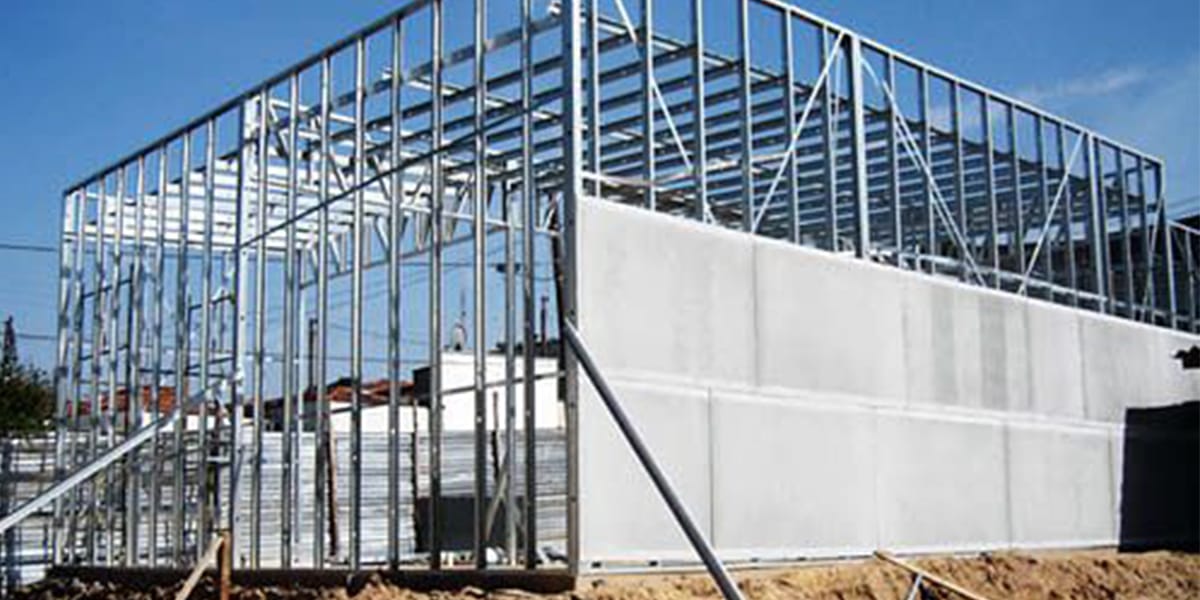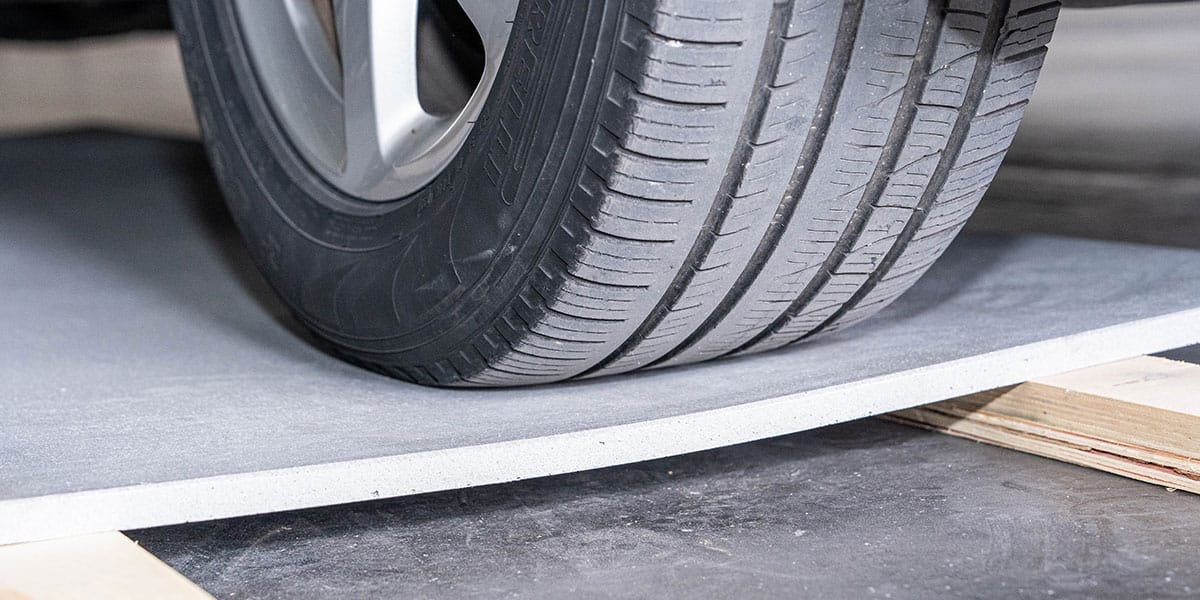
13 Jul 3 Ways MgO Board Outshines Other Sheathing Boards
Table of Contents
When you pick a sheathing material, you want it to work well. MGO board is special because it gives you:
Better fire resistance to help keep your building safe.
Strong protection from water and mold to protect buildings.
Great strength and flexibility for many different uses.
These benefits make mgo board a good choice for new buildings and for fixing old ones.
Key Takeaways
MGO board offers excellent fire resistance, making buildings safer and helping meet strict fire codes.
It resists moisture and mold, keeping walls strong and healthy even in wet or humid areas.
MGO board is strong and durable, lasting longer than many other sheathing boards.
You can use MGO board in many places, like walls, floors, ceilings, and exterior siding.
Though it may cost more, MGO board provides long-term safety and protection for homes and buildings.
1. Fire Resistance
Fire Performance
When you choose a sheathing board, fire safety matters. MGO board stands out because it does not burn easily. You can compare it to other boards:
Sheathing Board | Fire Resistance | Burns Easily? |
|---|---|---|
OSB | Low | Yes |
Plywood | Low | Yes |
Gypsum | Medium | No |
Cement Board | High | No |
MGO Board | Very High | No |
MGO board can handle much higher temperatures than OSB or plywood. It does not catch fire or give off toxic smoke. You get a safer building when you use it. Gypsum and cement board also resist fire, but MGO board often lasts longer in extreme heat. This makes it a smart choice for anyone who wants extra protection.
Tip: If you want to meet strict fire codes, MGO board helps you do that with less worry.
Fire Applications
You need strong fire resistance in many places. MGO board works well for:
Firewalls between rooms or units
Exterior sheathing on homes and offices
Ceilings in garages or basements
Stairwells and corridors in apartment buildings
You can use MGO board in places where fire safety is the top concern. Builders often pick it for schools, hospitals, and high-rise buildings. You can also use it in homes, especially near kitchens or garages. When you want to protect people and property, MGO board gives you peace of mind.
2. Moisture & Mold Defense
Moisture Resistance
You want your building to stay strong, even when it gets wet. Many sheathing boards soak up water and lose their strength. Gypsum and OSB can absorb moisture quickly. When this happens, they swell, warp, or break down. You do not want that in your walls.
MGO board stands out because it resists water. It does not soak up moisture like gypsum or OSB. You can use it in places where water is a problem. For example, bathrooms, kitchens, and basements often have high humidity. MGO board keeps its shape and strength, even in these damp spaces.
Here is a quick comparison:
Board Type | Moisture Absorption | Swelling Risk | Best Use Areas |
|---|---|---|---|
OSB | High | Yes | Dry interiors |
Gypsum | High | Yes | Dry walls, ceilings |
Cement Board | Low | No | |
MGO Board | Very Low | No | Wet, humid locations |
Tip: You can use MGO board for exterior walls or as a tile backer in showers. It will not break down when exposed to water.
Mold & Insect Protection
Mold and insects can damage your building and harm your health. Some boards, like OSB and gypsum, give mold a place to grow. Insects, such as termites, can eat wood-based boards. You want to avoid these problems.
MGO board helps you do that. It does not support mold growth. Its mineral makeup keeps insects away. You can use it in basements, crawl spaces, or anywhere you worry about mold or bugs.
You get better air quality.
You protect your building from hidden damage.
You make your space safer for everyone.
MGO board also supports a healthier environment. It does not release harmful chemicals. You can feel good about using it in homes, schools, and hospitals.
3. Strength & Versatility
 MGO Board Strength
MGO Board Strength
You want a sheathing board that stays strong under pressure. MGO board gives you impressive strength and durability. When you compare it to plywood and OSB, you see a clear difference. Plywood and OSB can bend or break if they get wet or face heavy loads. Cement board is strong, but it can be heavy and hard to handle.
Here is a quick look at how these boards stack up:
Board Type | Strength | Durability | Weight |
|---|---|---|---|
OSB | Medium | Medium | Light |
Plywood | Medium-High | Medium | Light |
Cement Board | High | High | Heavy |
MGO Board | High | High | Medium |
You can trust MGO board to hold up in tough conditions. It resists impact and does not warp easily. You get a board that lasts longer and keeps your building safe.
Note: MGO board can be brittle if you drop it or hit it hard. Handle it with care during installation.
Versatile Uses
You can use MGO board in many ways. It works for both common and special projects. Here are some popular uses:
Wall sheathing for homes and offices
Subflooring under tile or carpet
Siding for exterior walls
Tile backer in bathrooms and kitchens
Ceilings in basements or garages
Fire-rated partitions in schools or hospitals
You can also use it for specialty projects, like soundproof rooms or green building designs. MGO board fits many needs because it is strong and resists damage.
Keep in mind a few things before you choose MGO board:
It can cost more than OSB or plywood.
It may need special tools for cutting.
You should follow the manufacturer’s instructions for best results.
Tip: Always check if your project needs extra support or special fasteners when using MGO board.
Practical MGO Board Uses
Residential Uses
You can use MGO board in many places around your home. It works well for both inside and outside projects. Here are some of the most common ways you might use it:
Wall Sheathing: You can use it behind your siding to make your walls stronger and safer.
Subflooring: It gives you a solid base under tile, carpet, or wood floors.
Tile Backer: You can put it behind tiles in bathrooms, kitchens, or laundry rooms. It will not break down if it gets wet.
Ceilings: Use it in basements or garages where you want extra fire or moisture protection.
Siding: Some people use it as an exterior siding because it stands up to weather and insects.
Tip: If you live in a place with lots of rain or humidity, MGO board helps keep your home dry and mold-free.
Commercial Uses
MGO board also works well in many types of commercial buildings. You will see it in places where safety and strength matter most. Here are some top uses:
Fire-Rated Walls: Builders use it in schools, hospitals, and offices to meet strict fire codes.
Partitions: You can use it to make strong walls between rooms or units in hotels and apartments.
Exterior Sheathing: It protects the outside of large buildings from water, wind, and fire.
Ceilings and Soffits: MGO board works well in parking garages, stairwells, and corridors.
Specialty Spaces: You might see it in soundproof rooms, labs, or green buildings that need safe, durable materials.
You get a board that handles tough jobs and keeps people safe. MGO board gives you peace of mind in both homes and businesses.
You learned that mgo board is great for fire resistance, moisture and mold protection, and strength. These things help you make buildings that last longer and are safer. If you need a sheathing board for hard jobs, mgo board is a smart pick for your next project.
Building styles change over time. You can stay ready by choosing materials that keep you safe, last long, and help you worry less.
FAQ
1. How do you cut and install MGO board?
You can cut MGO board with a carbide-tipped saw or a utility knife. Always wear a dust mask and safety glasses. Use corrosion-resistant screws for installation. Follow the manufacturer’s instructions for best results.
2. Is MGO board safe for indoor air quality?
Yes, MGO board does not release harmful chemicals or VOCs. You can use it in homes, schools, and hospitals. It helps you create a healthier indoor space.
3. Can you paint or finish MGO board?
You can paint or finish MGO board with most water-based paints or sealers. Make sure the surface is clean and dry before you start. Always test a small area first.
4. How does the cost of MGO board compare to other boards?
MGO board usually costs more than OSB or plywood. You pay for better fire, moisture, and mold resistance. Many builders find the extra cost worth it for long-term durability.

 MGO Board Strength
MGO Board Strength